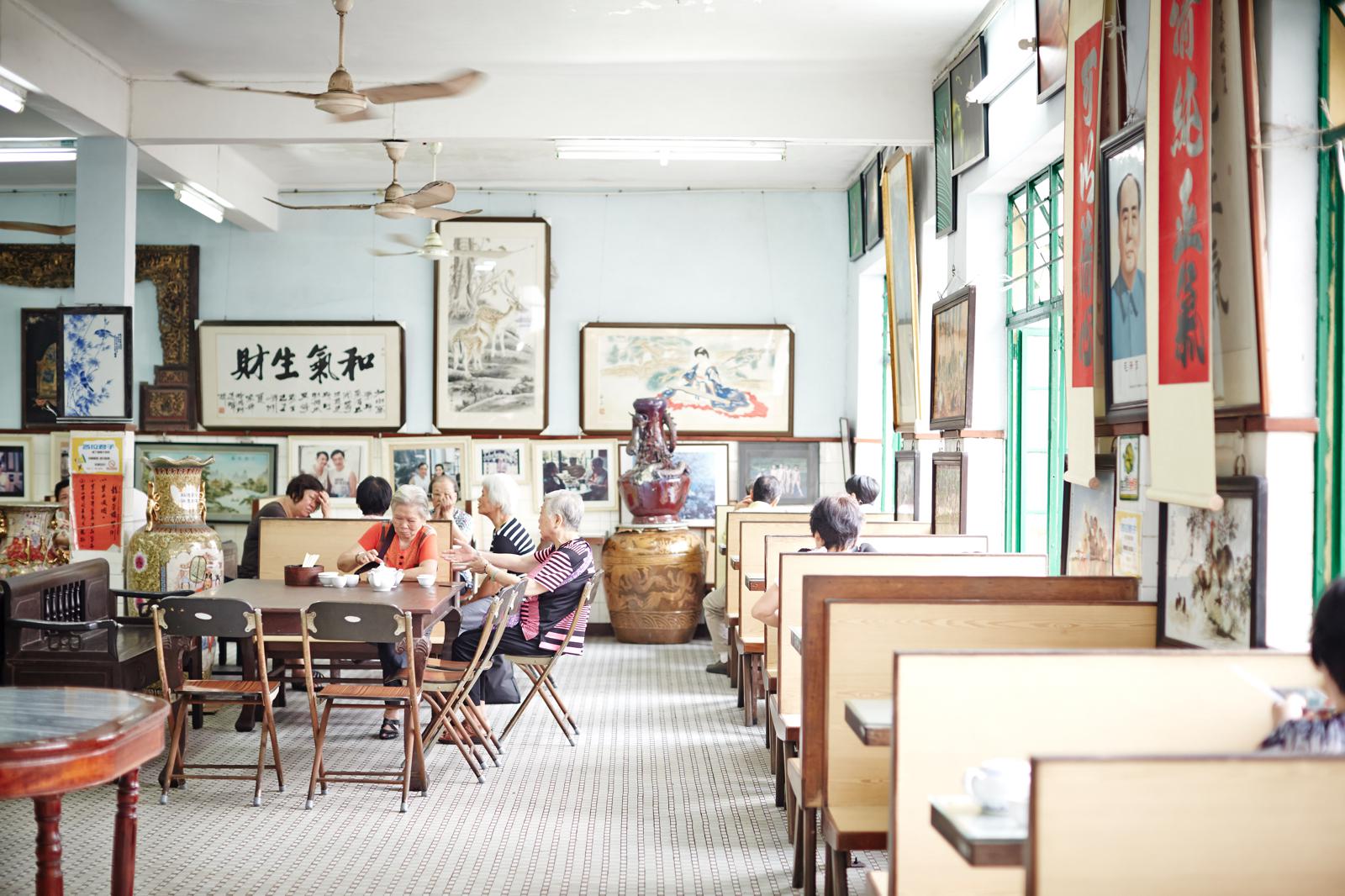
Once a tiny colonial backwater, Macao has literally rebuilt itself by reclaiming land the ocean. Ewen Bell explores the glittering city that rose from the sea.
Macao is little more than a cluster of small islands and a slip of land that clings to the edge of China, a unique cultural mix that embraces 500 years of Portuguese influence and an enduring fascination with Chairman Mao. Old China traditions still flourish on the Macao Peninsula where narrow streets hug the curves of the landscape and you can find grandmothers making wonton by hand while the rest of the family pours noodle soup and serves customers. Roasted ducks hang from stalls in the market alongside freshly picked durians and rambutans.
The ruins of St Paul’s rise above the surrounding neighbourhood, a beacon for travellers making day trips from Hong Kong – and a useful landmark for any visitor lost among the laneways. Fruit stalls and knee-high Taoist spirit houses line the smaller lanes, which even a scooter would find difficult to navigate. Buy a mango from an old lady wearing pyjamas on one street, then shop for an exquisitely carved jade Buddha on another. Pockets of tranquillity that were once the private gardens of wealthy merchants are now public spaces. Jardim de Lou Lim IOC is a tranquil enclave where every day people practise tai chi or feed the turtles.
In many ways, Macao is more Chinese than China, having skipped the Great Leap Forward, and instead taking a great leap outwards. What was once only three square kilometres of viable terrain is now 10 times the size and growing. Reclaiming land from the sea has created more than just a convenient ferry terminus for connecting to Hong Kong and international flights – it has been the foundation of a modern Macao where resorts, casinos and high-end retail towers now dominate the landscape. Peering down onto the city from the Macau Tower tells the story of progress. To the north is the Grand Lisboa, tallest building in Macao and home to The Eight, its only Michelin three-starred Chinese restaurant. Southwards, the islands of Taipa and Coloane are connected by the Cotai Strip, a reclaimed body of land large enough for a racing track and home to casinos including the Venetian Macao, Sands Cotai and Galaxy Macao.
Integrated resorts such as Galaxy Macau define modern Macau. It’s a single destination where several hotels nest together, sharing access to fine dining, family-friendly activities and a casino the size of an airport terminal. Galaxy is a mix of style and substance. There are three hotels in the integrated resort, but the stand-out luxury accommodation is Banyan Tree Macau, its spacious suites designed to keep gadgetry to a minimum, style to the maximum.
There are a small number of exclusive villas down by the pool for couples and families who want to spend more time in resort mode and less shopping or playing cards. The pool is dwarfed by the scale and audacity of the adjoining wave pool/waterslide and river ride. Waves roll onto the “sky-high” sandy beach, complete with a life guard and fringed by palm trees. It’s a world away from baccarat and blackjack. Galaxy Macau is also home to China Rouge, an exclusive private members entertainment club. Its walls and halls are adorned with contemporary flare, sculptures and paintings giving an irreverent nod to Mao Zedong and his influence in reshaping Chinese culture.
The concierge at Banyan Tree Macau describes Long Wa Teahouse as the kind of place the Chairman would have approved of. In this quiet little dim sum house overlooking Red Market, a portrait of Mao takes pride of place between large red calligraphy panels that impart the wisdom of his Little Red Book. Bamboo cages are filled with har gao and char siu bao. Dim sum literally translates as “little hearts”, hinting at the joyful surprise of the flavours wrapped within each dumpling. Long Wa Teahouse doesn’t do trolleys; you collect your choice of dim sum from the little steam table. The only thing to order off the menu is a blend of tea leaves for the pot.
The Long Wa is a long way downtown from the Grand Lisboa and Michelin-starred dining, but it’s a taste of Macau that will be equally memorable.
Latest Articles
Don't miss the latest from Luxury Travel
